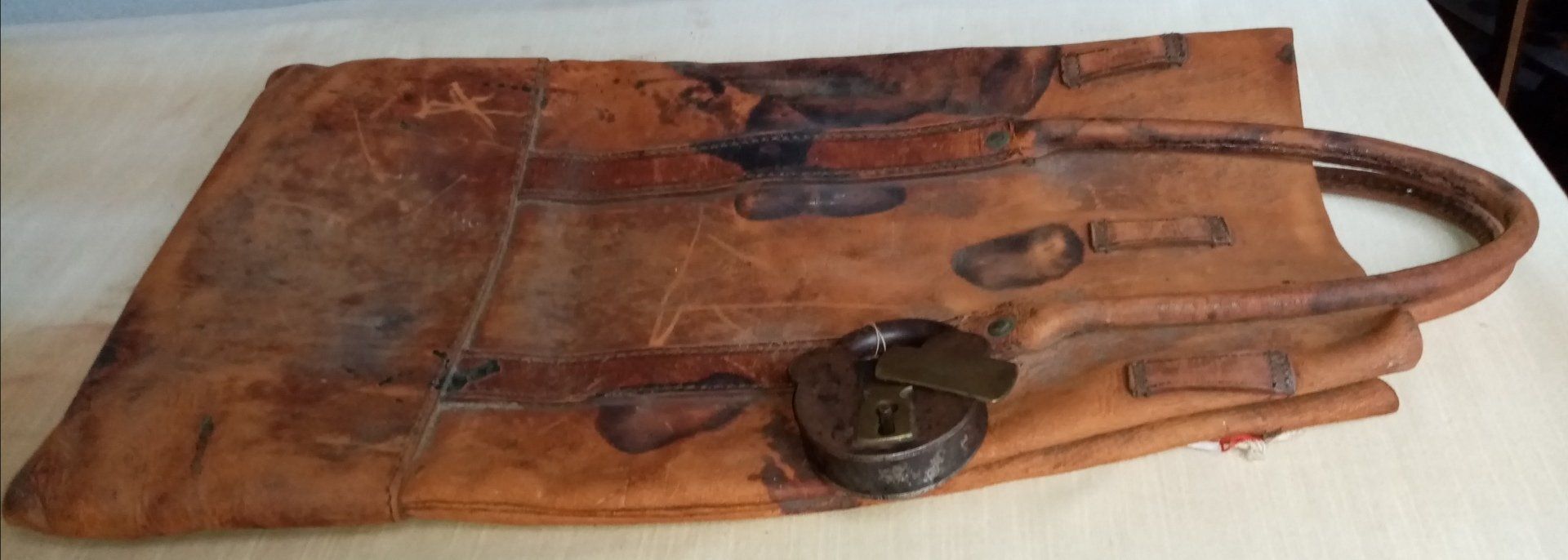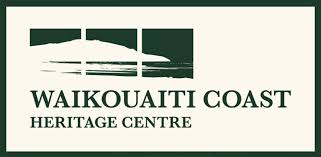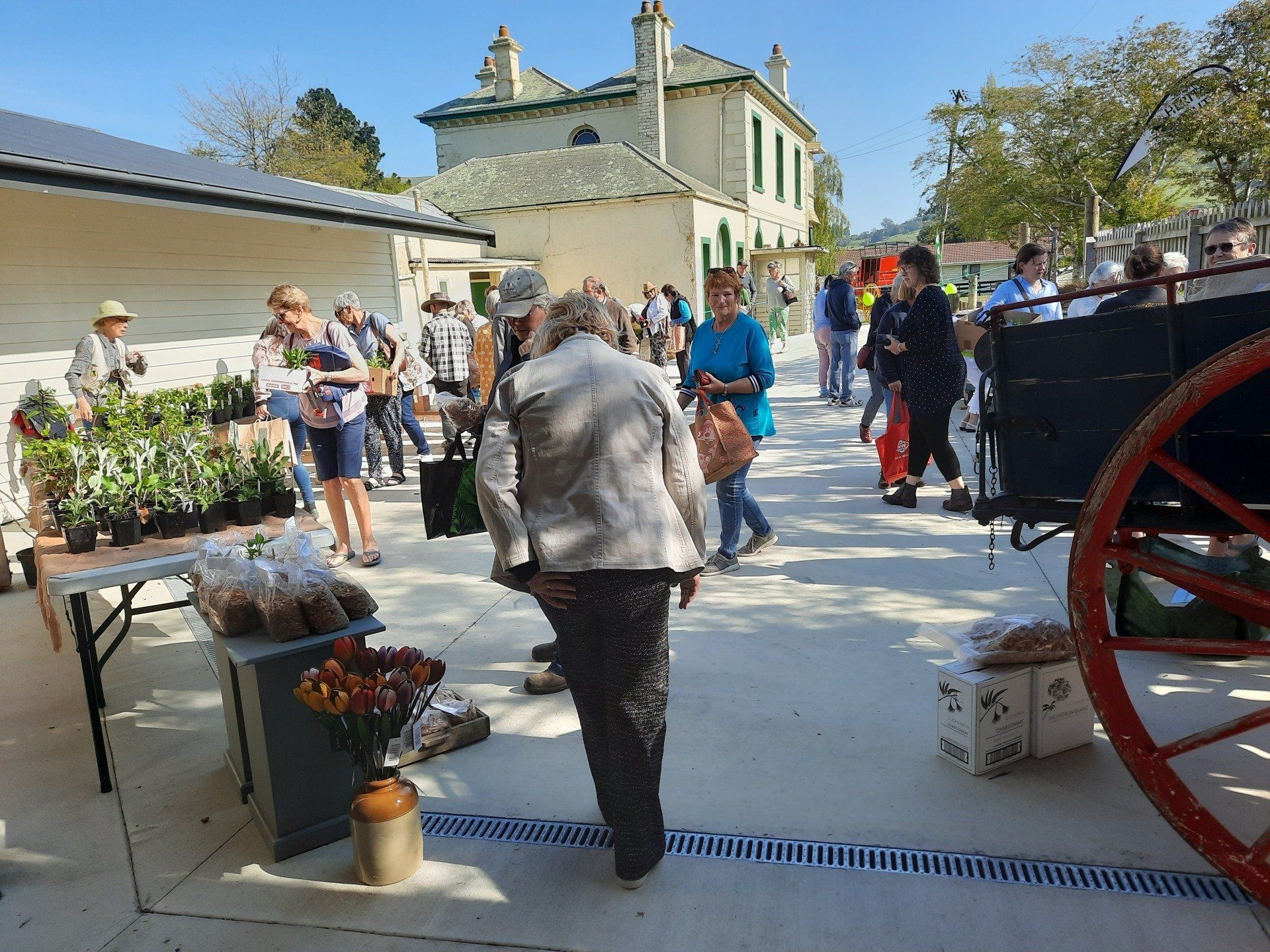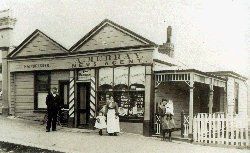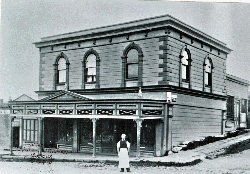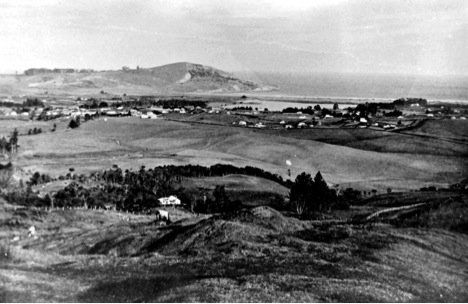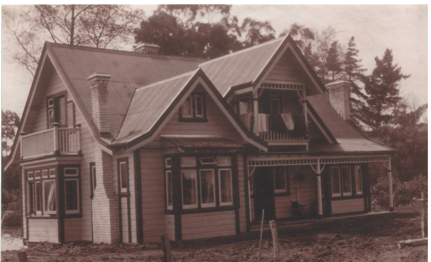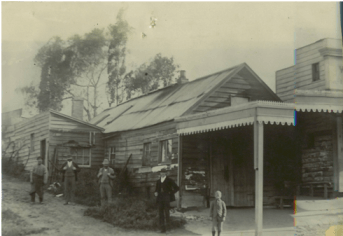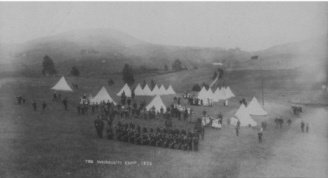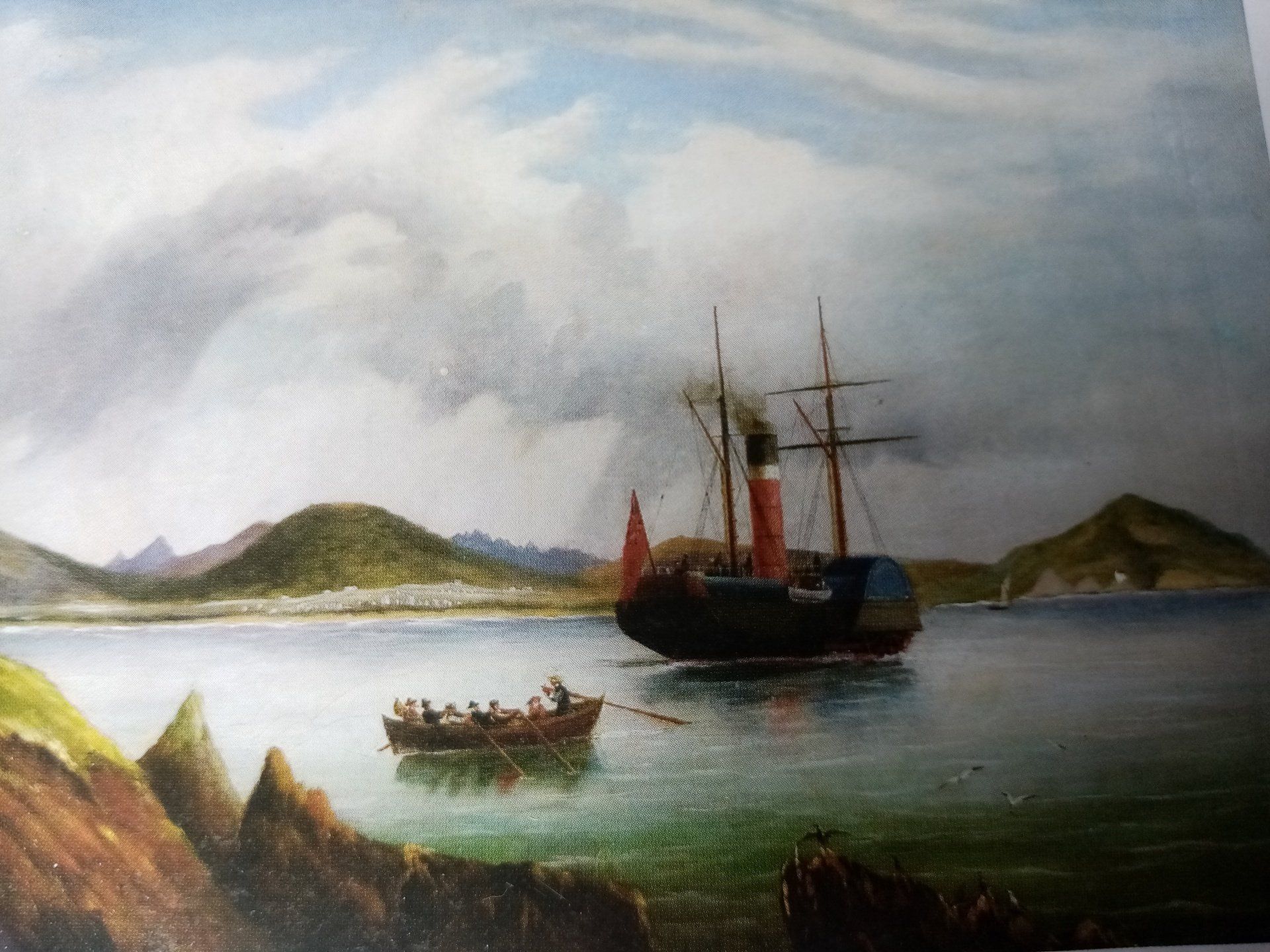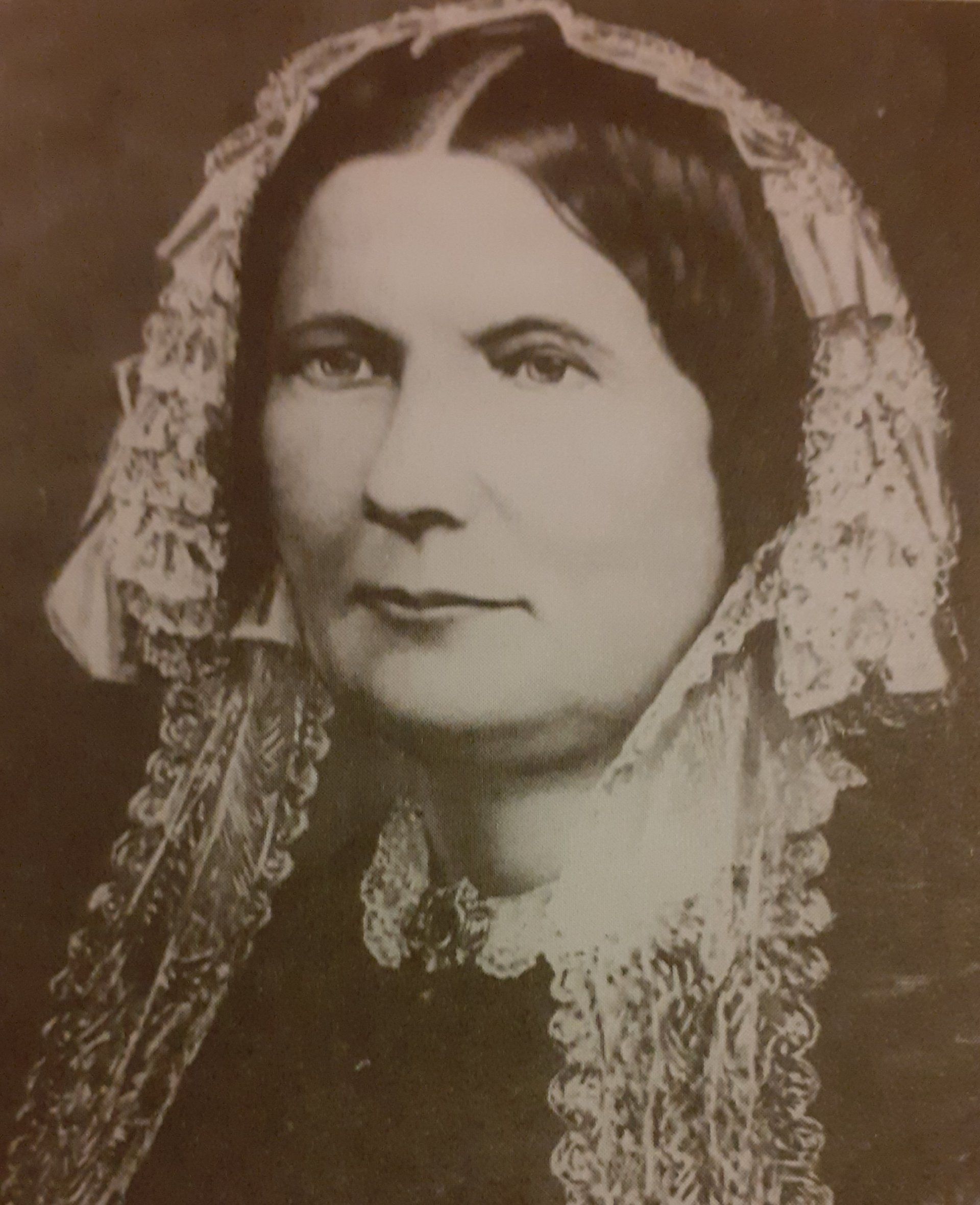Lionel Terry, Infamous Seacliff Resident
White Supremacy, paranoid schizophrenia and prison escapes..
Here at the community's fabulous new Heritage Centre, inside the Bill and Kay Lang Room, are a series of individual displays. Each one is made up of historical items, photographs and information highlighting individuals, industry, war service, culture, lifestyle and times specific to this area. Just a reminder that you can visit our gift shop at the same time, it has a wide range of Christmas gift ideas, something for everyone.
One of the heritage displays is on Seacliff Asylum. One of its more infamous residents was a white supremacist and murderer called Lionel Terry.
Born in Kent in 1873, his father was a prosperous corn merchant who claimed to be related to Napoleon Bonaparte. Terry was educated at Merton College in Wimbledon. He served 3 years in the Royal Regiment Artillery. Afterwards he was involved in successive itinerant occupations in South Africa, United States, Canada and Australia. He travelled to the West Indies, climbed Mount Pele in Martinique before its eruption. He explored the interior of Dominica, producing the first map of it. He served in a mounted police brigade in Rhodesia fighting against the Matabele in the second Matabele War, taking part in fifteen engagements and being wounded twice. He took part in the ill-fated Jameson Raid, on the 29th December, 1895.
In Canada he served as the Secretary of a miner’s union and was outraged at how the Premier of British Columbia and mine owner, James Dunsmuir, hired Chinese labour for low wages in preference to Caucasians and mine owners in South Africa imported Chinese Coolies to work for low wages in preference to Caucasians.
Terry's politics favoured only the white working class and believed the British Government, capitalists and Jewish financiers were destroying the British Empire's future, by using the working class as slaves, and hiring non-white labour.
He arrived in New Zealand in 1903. He wrote letters and poems to various publications espousing his views on labour, capitalism, the empire and race. He wrote and privately published The Shadow while in New Zealand. In it he calls on King Edward VII to "defend his empire against the capitalists and Chinese and East Asian immigration."
In June 1905 he undertook a 900km trek from Mangonui to Wellington, distributing copies of The Shadow.
Once in Wellington he set about trying to convince New Zealand's Parliament to ban any further Chinese and East Asian Immigration into the country, without success.
On the 24th September, 1905 Terry shot an elderly, infirm and impoverished Chinese immigrant called Joe (possibly Zhou) Kum Yung in Haining Street, Wellington. He later died in hospital. Yung was a 70 year old Canton Chinese gold prospector who enjoyed little luck with the declining goldfields and suffered a limp from an earlier accident. It is said he yearned to return to his native Canton.
Terry later told authorities he selected his victim due to his infirmity. The day after the shooting Terry admitted himself to authorities saying, 'l have come to tell you that l am the man who shot the Chinaman in the Chinese quarter of the city last evening. I take an interest in alien immigration and l took this means of bringing it under the public notice.' The New Zealand Supreme Court found him guilty of murder on the 21st November, 1905 and sentenced him to hang. However, the death penalty was commuted to life incarceration within New Zealand psychiatric institutions.
Over the next forty-seven years he served time in Christchurch's Sunnyside Hospital, Dunedin's Seacliff and Lyttelton Prison. He escaped twice from Sunnyside and spent 3 weeks on the run after escaping from Seacliff too.
Diagnosed with paranoid schizophrenia, thanks largely to Truby King's progressive treatments he did recover slightly from his ongoing mental illness. He was allowed to produce more poetry, paint and undertake horticulture. Overtime he developed messianic religious delusions viewing himself as a prophet, dressing in white and growing a beard and long hair. In 1940 he assaulted a doctor who attempted to administer an anti-typhoid injection. He died from a stroke in 1952 aged 79.
